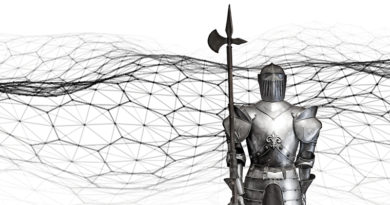A Short List of Nerdy
By Leslie Ellis
Nothing like reading hundreds of technical abstracts, while writing a long, cerebral piece about adjacent technologies of interest, to pick up a beat on what’s going on amongst the impressively nerdy.
Before we get started, and to be very clear, the word “secrets” in the name of this column is about happy little surprises, not shared confidences. This is more about secret ingredients than “don’t tell Harry.” Obviously, it would be masterpiece of folly to reveal actual secrets in a publication that reaches thousands of readers! This installment is about what people are talkin’ about — where the “people” are your tech-side coworkers, talking amongst themselves about what they think is cool enough to write down. Because pandemic or no pandemic, technology expands. Here goes:
- The upstream signal path is (finally!) getting some serious love.
This is a favorite topic, since long before there was any reason to worry about it. Why, because the home-outwards allocation of spectrum for the stuff we send “upstream” is a sliver, compared to the width of the downstream signal path. Until recently, the upstream path represented about 5% of total available capacity. Plus, it sits in a notoriously noisy and erratic place, down in the 5 MHz to 42 MHz zone.
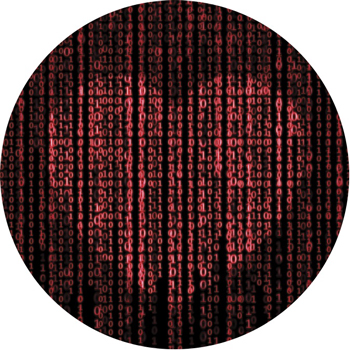
For many (many) years, the question was whether and when that upper spectral boundary, at 42 MHz, would expand, coincident with bigger or more needy bidirectional traffic. Your click of a mouse, to pull down a web page, is no big deal. Neither is your part of a phone call. But the output of your webcam? The morning you spent on Zoom calls with your camera on? That file that was too big for anything but a cloud-based delivery mechanism? That’s why the upstream path needs some love.
For starters, it’s getting wider – in some cases, to 85 MHz (the “mid-split”), and in others, to 204 MHz (the “high-split.”) And it’s getting so much more! Your engineering colleagues are talking about the upstream a lot these days. They’re talking about how to improve anomaly detection and triage. How to perform leakage detection in the widened areas. How to apply impressively nerdy techniques like orthogonal frequency division multiple access (OFDMA) to deliver upstream speeds north of 6 gigabits per second/Gbps. (What!)
A roomier upstream path is unquestionably a bigger mission than just spectral boundaries. It’s good to see it getting some real attention.
- Dust off your pocket map to the edge of the network, because network edges are hot again!
There are three networks that touch the average home: power, telephone, and cable. Try as it might, utility power isn’t a viable medium to carry broadband traffic. The telephone wire, well, there’s a reason the telco side of the world is so very enamored with 5G wireless.
Then there’s us: the industry we used to call “cable.” As much as the big cloud-based players talk about their “network edges,” nobody’s edge gets quite as close to actual households and businesses (and their connection-hungry stuff) than the cable plant. Which makes it a mighty valuable edge — even if engineers can’t really seem to agree on exactly where the edge of the network resides. (My favorite answer came in 2005 from now-retired Steve Johnson: “The network edge? It’s where the bits fall off!”)
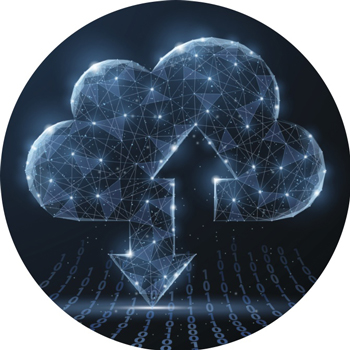
These days, when technologists talk about “the network edge,” it’s in that tone of voice that happens when you want to go on and on about something, but you don’t want to sound like you’re bragging. The gist of it is, the network edge is fundamental to low latency, high-capacity stuff, regardless of access network (wired or wireless). Watch for this to take up an appreciable and useful amount of industry thought cycles as the year unfolds.
- The cloud is burning the earth, but it’s probably not as bad as the scary headlines.
As someone who comes from a long line of gifted worriers, I admit to frequent fretting over tech news coverage that shows how very much energy it takes to train machine learning models (“as much carbon as five cars over their lifetimes,” MIT Technology Review), or bitcoin mining (“130M tons of carbon emissions by 2024,” New Scientist), or cryptocurrencies and their heavy users, most recently the bizarre rise of non-fungible tokens/NFTs.
Let’s pause for a moment on NFTs. It used to be that as tech-side people, we only heard the word “fungible” when accountants or financiers were on stage with technologists. This year, the “F” in “NFT” is prolific! Since the last edition of this magazine, Christie’s made a $69M NFT sale, Twitter CEO Jack Dorsey sold his first-ever tweet for nearly $3M, and, perhaps most telling, Saturday Night Live did a skit on it.
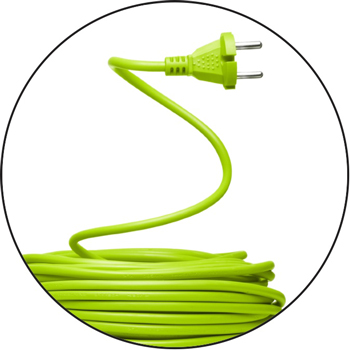
My favorite definition, so far, comes from writer Shira Ovide, who wrote this description for the New York Times: “NFTs are essentially a way to transform a digital good that can be endlessly copied into something one of a kind.”
It is the “proof of work” algorithm of the NFT that puts it in the category of “the cloud burning the earth,” because it is inefficient to the point of taking an environmental toll. However, the scarier the headline, the more “clicks,” in today’s measures of what people read. A deeper look shows that data centers “only” consume about one percent of global electricity use, about the same as a decade ago.
Other good things, driven by sustainability engineering, are on deck to offset energy-hungry compute functions: Server energy efficiency is improving, as is the trend toward virtualization. Also, as more compute shifts to the public cloud, those “big cloud” providers (hello Google!) are also very focused on it. Why, because power usage is a big part of operational expenses, so reducing it is a forcible motivator.
- Nothing says nerdy like quantum computing.
Move over, arcane modulation techniques that start with the letter “Q” and sound super nerdy (I’m looking at you, quadrature amplitude modulation/QAM and quadrature phase shift keying/QPSK!) There’s a new nerd in town: The quantum computer. In everyday life, you’re most likely to hear your mathematician friends talking about quantum, because it’s very math-y. Marketers of quantum computing use aggravating taglines like “solves the world’s unsolvable problems” (but then don’t say what the world’s unsolvable problems are. Don’t get me started.)
Quantum computing is far too complex to attempt to detangle here near the end of this piece, other than to say that it’s a matter of trying to get your head around the fact that a bit – in quantum lingo, a “qu-bit” – can simultaneously be a 1 and a 0. (What!) Many quantum computers can only work in an environment measured in kelvins, as in, deep-space cold. IBM, an early quantum purveyor, made a video (youtube.com/watch?v=o-FyH2A7Ed0) just to capture what the machines sound like. It’s worth a listen. Especially if you’re into trains.
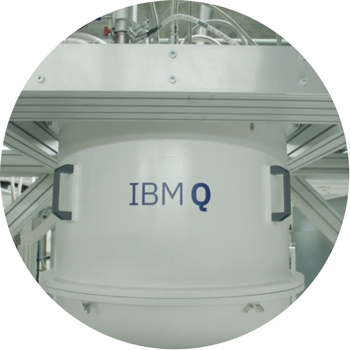
I include “quantum” in the list of what your tech-side friends are talking about, because you’re likely to see more and more mention of quantum techniques as a way to protect today’s most advanced security mechanisms. You’ll see it in phrasing like “how to navigate a post-quantum world” (answer: your feet will still work, pretty sure) and “how quantum key distribution works.”
Here’s hoping this filled up your lingo tanks with some freshly nerdy fare! I’ll remain on the lookout.
 Leslie Ellis,
Leslie Ellis,
President,
Ellis Edits Inc.
leslie@ellisedits.com
Leslie Ellis is a tech writer focused on explaining complex engineering stuff for people who have less of a natural interest than engineers. She’s perhaps best known (until now!) for her long-running weekly column in Multichannel News called “Translation Please.” She’s written two broadband dictionaries, one field guide to broadband, and is a behind-the-scenes tech translator for domestic and global service providers, networks, and suppliers. She’s served as board member of the Rocky Mountain chapter of the SCTE since 2015, and is a 2019 Cable Hall of Fame inductee.
Shutterstock




